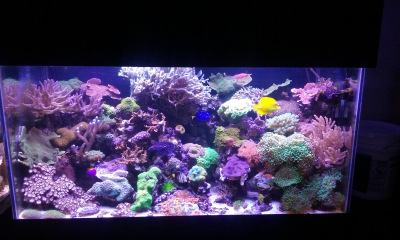- Joined
- Apr 14, 2020
- Messages
- 3,997
- Reaction score
- 11,346
It was more for weight distribution, you could also use them to move live rock in stead of the black bins. I definitely agree that the 10 gallons are more easily managed. 70 gallons is a lot of water to move...Thank you! Why would you recommend getting 3 of them? Even for the price 2, I could get a set of 10 buckets and lids, which seems more simple to move, so I'm leaning toward getting/sourcing the buckets for the move.
















